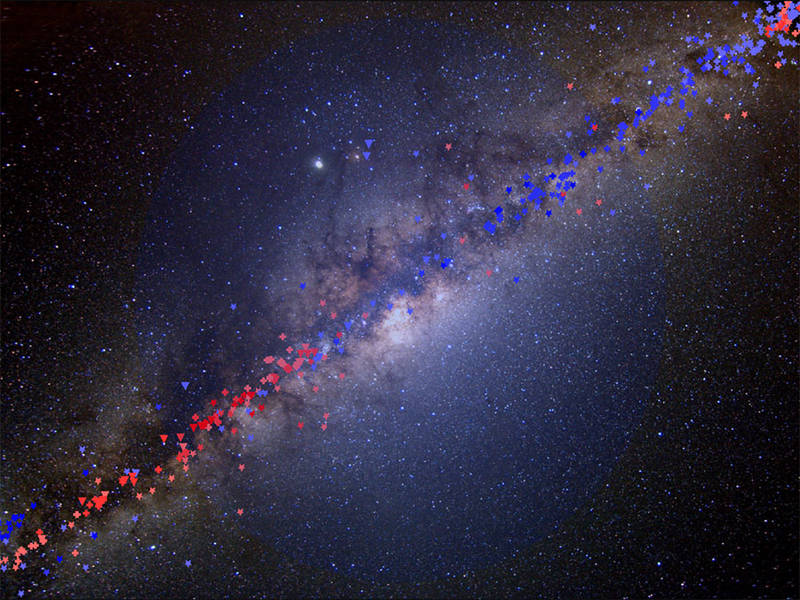Study reveals that Dark Matter is richer and complex
Washington – Researchers have examined galactic collisions using the NASA/ESA Hubble Space Telescope and NASA’s Chandra X-ray Observatory in an effort to determine how dark matter behaves during such events. From the examination, there are chances that the study could provide a conclusion into the fact that the dark matter is richer and probably more complex than previously thought.
While scientists are able to know where wind is coming from and what it is, Astronomers cannot tell anything about the Dark matter which is said not glow in the electromagnetic spectrum.’
Astronomers have explained that it is because of the gravitational influence it has on other objects. Hence this is the simple reason why you will see trees and leaves swaying which makes you know it’s windy yet you cannot see or hear the wind.
The better part of the universe is made up of dark matter which is invisible. This means that it can only be identified indirectly through measuring how it warps space through gravitational lensing because it neither reflects, absorbs nor emit light.
Mapping the distribution of stars and dark matter was initiated after a collision. The collision was traced through its gravitational lensing effect on background light hence the use of Chandra to detect the X-ray emission from colliding gas clouds.
Gas clouds surrounding galaxies and which is one of the three main ingredients that make up galaxy clusters crash into each other and either slow down or stop the collision.
Dark matter does not interact with visible particles according to what the team of researchers found. It flies by other dark matter with much less interaction. Dragging of dark matter against another dark matter shifts the distribution of galaxies.
This discovery has since made the team narrow down the properties of dark matter. However, there still many other types of interactions that would be studied such as dark matter particles bouncing off each other like billiard balls. The team is also looking at studying collisions that involve individual galaxies.
